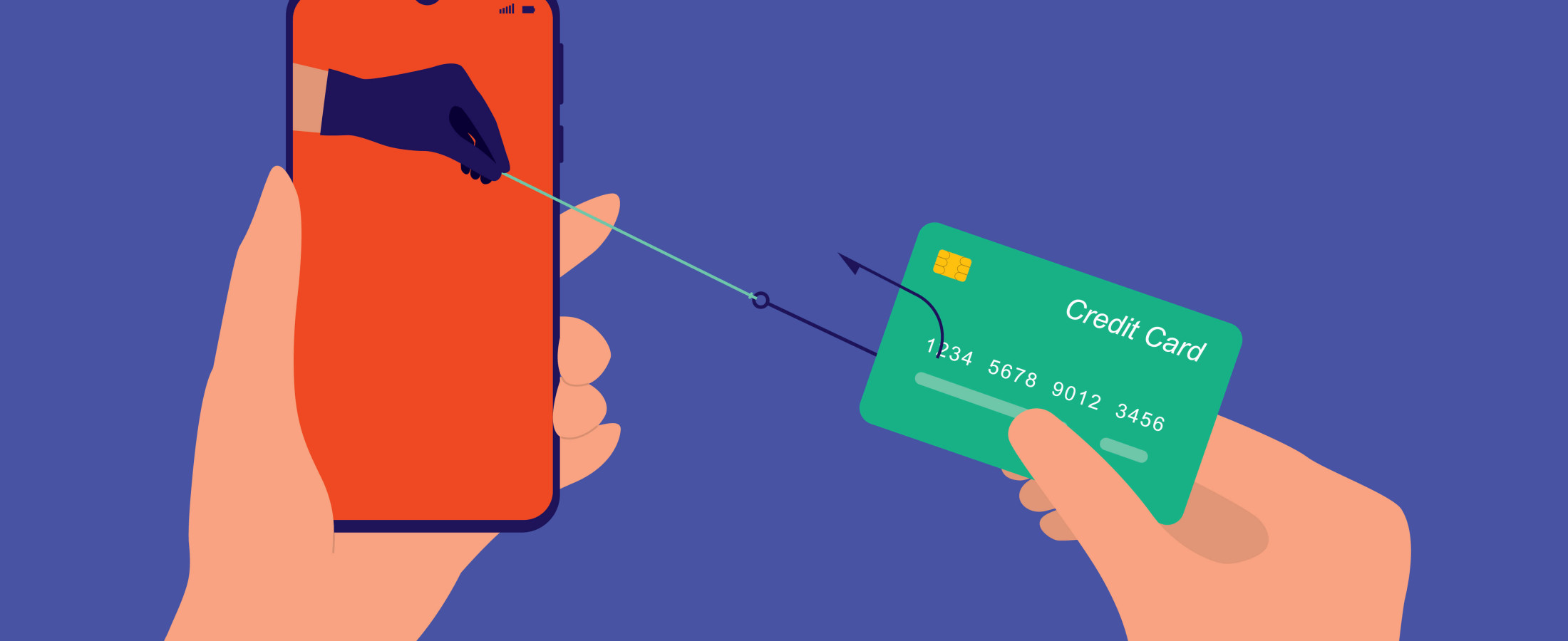
Be aware of Amazon scams
Cybercriminals have recently been calling Amazon customers, posing as representatives to request sensitive personal information or access to devices.
Amazon offers some tips to determine if an email, phone call, text message, or webpage is authentic. If you received correspondence regarding an Amazon order you didn’t place, it likely wasn’t from Amazon.com. Don’t share any personal information and report it immediately. For more information or to report a phishing email, call, SMS, or text message, visit Amazon.com.
Additional information about emails, text messages, and webpages
Don't open any attachments or click any links from suspicious emails or text messages. If you've already opened an attachment or clicked a suspicious link, go to Protect Your System. To increase the security of your account, we recommend enabling Two-Step Verification. For more information, see Enable Two-Step Verification.
Suspicious or fraudulent emails, text messages, or webpages not from Amazon.com may contain:
- Links to websites that look like Amazon.com, but aren't Amazon. Note: Legitimate Amazon websites have a dot before "amazon.com" such as http://"something".amazon.com. For example, Amazon Pay website is https://pay.amazon.com/. We'll never send emails with links to an IP address (string of numbers), such as http://123.456.789.123/amazon.com/. If the link takes you to a site that is not a legitimate amazon domain, then it is likely phishing.
- An order confirmation for an item you didn't purchase or an attachment to an order confirmation. Note: Go to Your Orders to see if there is an order that matches the details in the correspondence. If it doesn't match an order in Your Account in Amazon.com, or in another Amazon international website, the message isn't from Amazon.
- Requests to update payment information that are not linked to an Amazon order you placed or an Amazon service you subscribed to. Note: Go to Your Orders. If you aren't prompted to update your payment method on that screen, the message isn't from Amazon.
- Attachments or prompts to install software on your device.
- Typos or grammatical errors.
- Forged email addresses to make it look like the email is coming from Amazon.com.
- If your email client uses Brand Indicators for Message Identification, you'll be able to see the Amazon logo to identify authentic emails from Amazon. To see if your email client supports this feature, check the documentation for your email client.
Important: Phone calls
While some departments at Amazon will make outbound calls to customers, Amazon will never ask you to disclose or verify sensitive personal information or offer you a refund you do not expect.
We recommend that you report any suspicious or fraudulent correspondence. To learn about how to avoid payment scams, visit Avoiding Payment Scams.
The information in this article was obtained from various sources not associated with Adirondack Bank. While we believe it to be reliable and accurate, we do not warrant the accuracy or reliability of the information. Adirondack Bank is not responsible for, and does not endorse or approve, either implicitly or explicitly, the information provided or the content of any third-party sites that might be hyperlinked from this page. The information is not intended to replace manuals, instructions or information provided by a manufacturer or the advice of a qualified professional, or to affect coverage under any applicable insurance policy. These suggestions are not a complete list of every loss control measure. Adirondack Bank makes no guarantees of results from use of this information.
Written by Amazon

